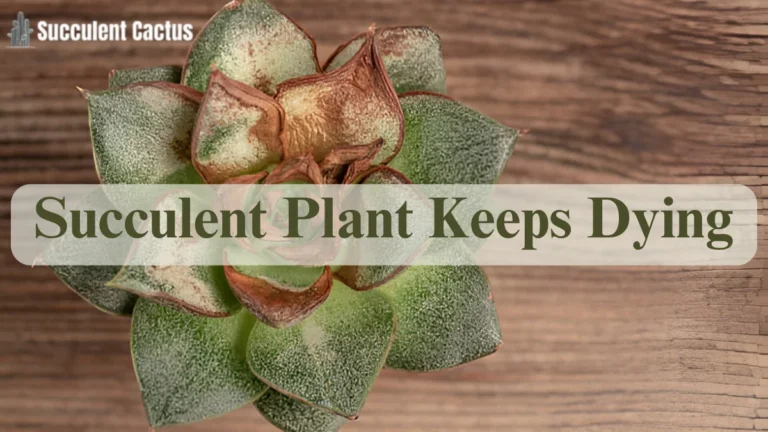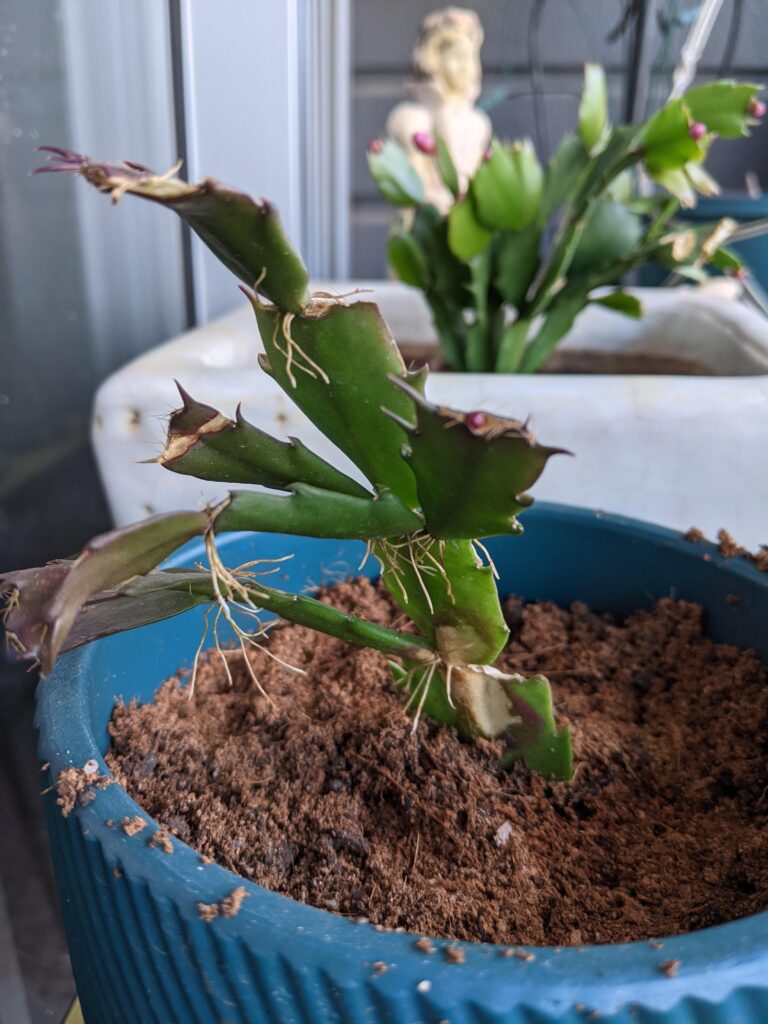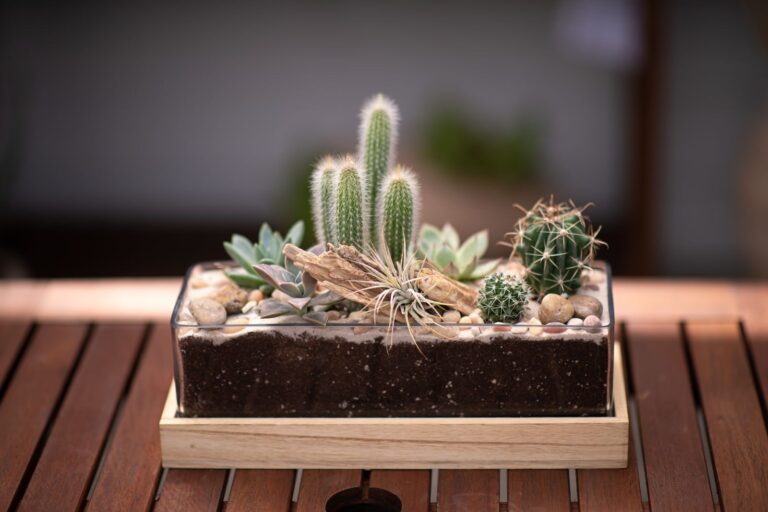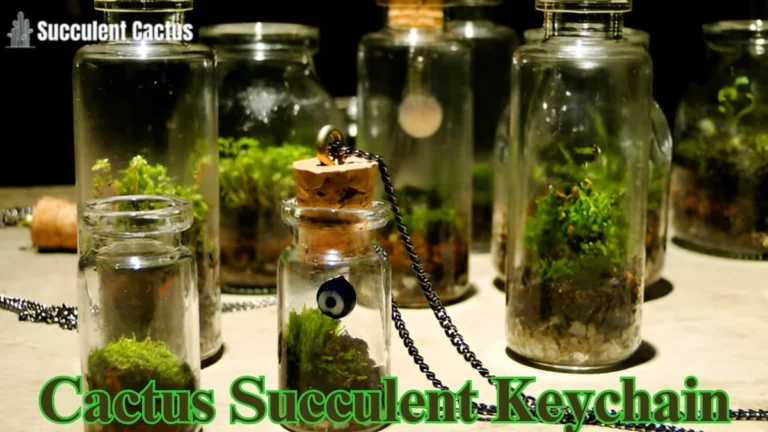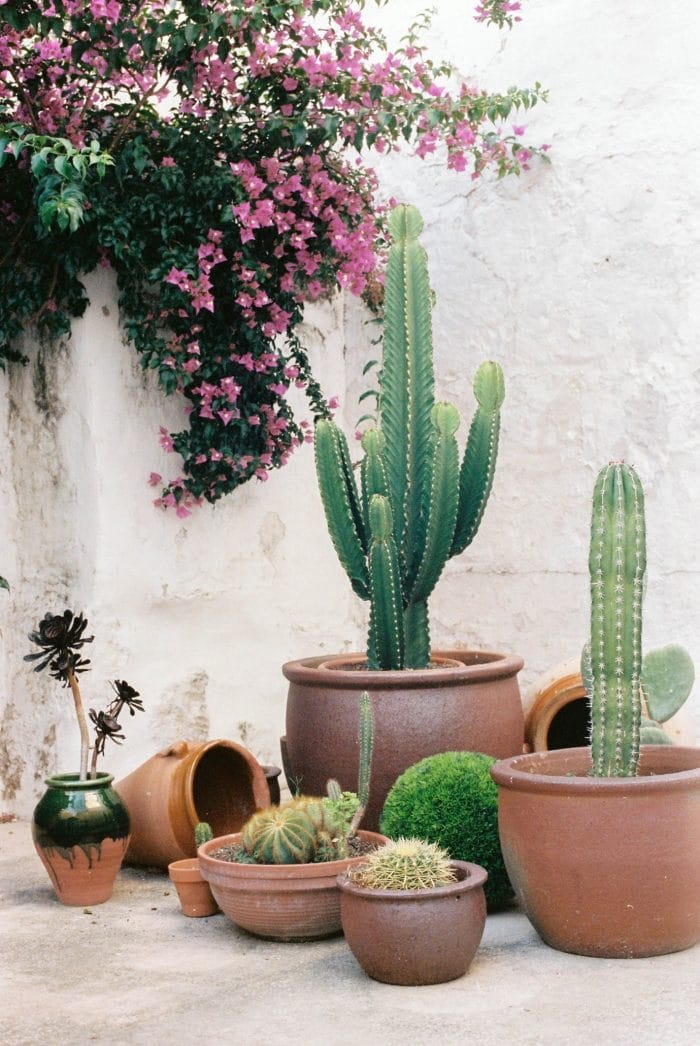Succulent Plants and Sunlight: Everything You Need to Know for Succulents Under the Sun
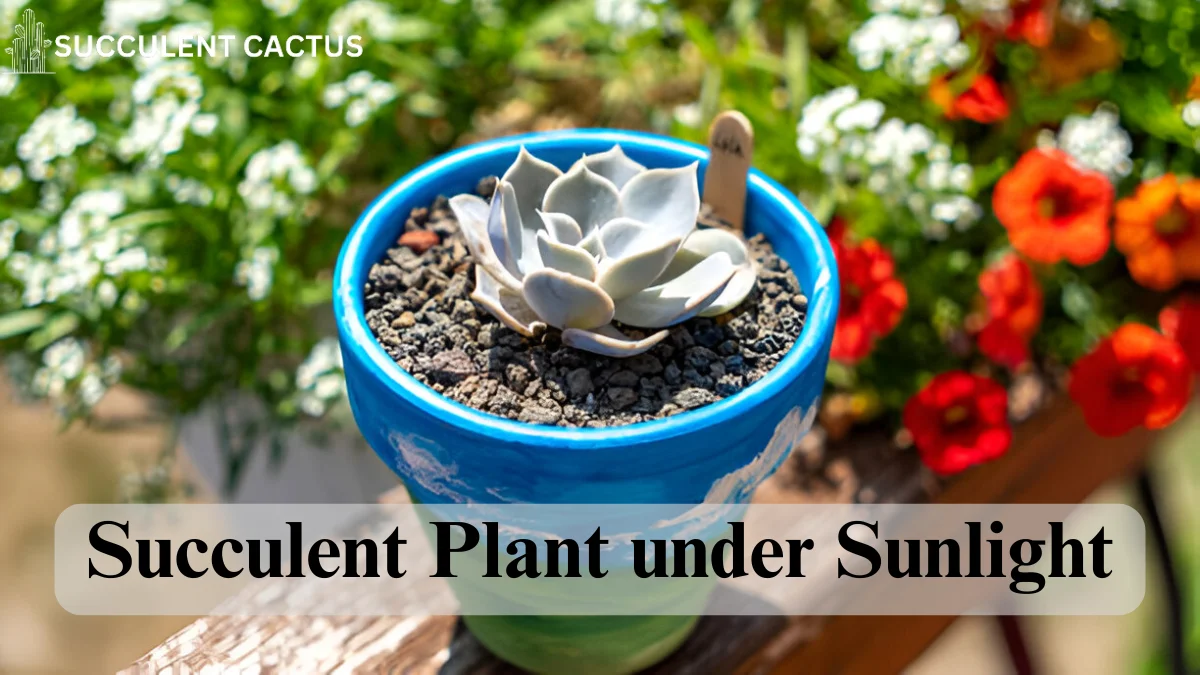
Succulent plants are famous for their ability to store water, thriving in arid conditions where other plants would struggle. However, one factor that is often overlooked in the care of succulents is sunlight. Many believe these resilient plants only need minimal care, but they require the right amount of sunlight to grow well and maintain their vibrant colors. Whether you’re a beginner or an experienced gardener, this guide will walk you through everything you need to know about succulent plant need sunlight and succulent plants under sunlight to thrive.
1. Understanding the Sunlight Needs of Succulents
Why Sunlight is Vital for Succulent Growth
Succulent plants, by their very nature, are adapted to grow in environments with plenty of sunlight. They use sunlight to produce energy through photosynthesis, which is essential for their growth and health. Without adequate sunlight, succulents may become leggy, weak, and even stop growing altogether. Inadequate light can also cause their vibrant colors to fade, affecting their overall appearance.
Different Types of Light for Succulents
Succulent plants can adapt to various light conditions, but it’s important to know which type of light your plants prefer. There are three main categories of light for succulents: direct sunlight, indirect sunlight, and low light. Here’s a closer look at each:
- Direct Sunlight: Succulents thrive in direct sunlight for several hours a day. This intense light helps them to grow robust.
- Indirect Light: Succulents placed in a spot with filtered or indirect light tend to grow slower but will still do well if you don’t have access to direct sunlight.
- Low Light: Some succulents can tolerate low light conditions, but they tend to become stretched out and weak over time. They may lose their vibrant colors and fail to thrive.
How Sunlight Affects Succulent Health
Exposing your succulents to the proper amount of sunlight not only promotes healthy growth but also helps prevent rot and maintain vibrant colors. Adequate sunlight helps in the formation of chlorophyll, which contributes to the plant’s green color and energy production. Moreover, sunlight encourages the succulent’s natural growth cycle, including blooming during the flowering season.
Best Locations for Succulent Plants to Receive Sunlight
Indoor Locations for Succulent Plants
If you’re growing succulents indoors, placing them near windows where they can receive plenty of natural light is essential. Ideal spots include south-facing windows or windows that receive sunlight for the longest periods during the day.
Outdoor Locations for Succulent Plants
For outdoor succulent gardens, placing succulents in a sunny spot with well-draining soil is key. Locations such as a patio, balcony, or garden bed that receive full or partial sunlight will provide an optimal environment for succulents to thrive.
Creating the Perfect Sunlight Conditions
If your home or garden doesn’t get enough natural sunlight, consider supplementing with artificial grow lights designed for plants. These lights help mimic natural sunlight and encourage photosynthesis, providing your succulents with the right amount of light they need to grow.
Sunlight and the Different Types of Succulent Plants
Cacti and Their Sunlight Requirements
Cacti, one of the most popular types of succulent plants, generally thrive in full sun. Native to desert environments, these plants have evolved to withstand long hours of direct sunlight. Cacti need at least 6 hours of sunlight daily to thrive, especially varieties like saguaro cactus, barrel cactus, and prickly pear cactus.
Aloe Vera and Sunlight Preferences
Aloe Vera is another succulent that enjoys a lot of sunlight but needs protection from the harsh midday sun, which can scorch its leaves. Ideally, it should receive morning sunlight or afternoon sunlight that is less intense.
Succulents for Low Light Conditions
Some succulents, such as Hoya, Zebra Haworthia, and Jade plants, are more tolerant of low light and can still do well in spots that don’t get direct sunlight. However, to ensure the best growth, try to find a place where they receive indirect sunlight for several hours a day.
Signs of Overexposure and Sunburn in Succulent Plants
Symptoms of Sunburn in Succulent Plants
Succulent plants are sensitive to too much sunlight, especially if they’re not accustomed to it. Overexposure can lead to sunburn, which appears as brown spots or discolored patches on the leaves. If you notice your succulent’s leaves starting to turn yellow or brown, it may be an indication that it’s been in too much direct sunlight.
How to Prevent Sunburn in Succulents
To avoid sunburn, start by acclimating your succulents to the sun gradually. If you’re moving them from low light to direct sunlight, do it slowly over a couple of weeks to allow the plant to adjust. During the hottest part of the day, provide some shade or move them to a spot with indirect light.
Reviving Sunburned Succulents
Once a succulent has suffered sunburn, recovery can be slow. It’s important to trim off the damaged parts of the plant and ensure it’s placed in a spot with the right light intensity. Ensure it receives proper watering and care as it heals.
Watering Succulents Under the Sun
Watering Guidelines for Succulents in Direct Sunlight
Succulents in direct sunlight need more frequent watering because the sun causes the water in the soil to evaporate quickly. Ensure the soil is well-draining to prevent root rot. Water your succulents deeply but only when the soil is completely dry. Avoid watering them in the heat of the day, as this could cause stress to the plant.
Best Time to Water Succulents
The best time to water succulents is early in the morning or late in the evening when temperatures are cooler. Avoid watering during midday when sunlight is strongest, as this can cause rapid evaporation and stress the plant.
Understanding the Watering Needs of Different Succulent Varieties
Different varieties of succulents may have slightly different watering needs depending on their native environments. For instance, Agave succulents need less frequent watering, while Echeveria and Sedum varieties benefit from a more regular watering schedule.
How Sunlight Affects Succulent Growth Patterns
Effects of Light on the Shape of Succulent Plants
Sunlight plays a key role in determining the shape of your succulent plants. If succulents receive too little sunlight, they will become leggy, with elongated stems and sparse leaves. Conversely, strong sunlight encourages dense and compact growth, helping succulents develop the shape that is characteristic of their species.
Sunlight and the Color of Succulents
Sunlight has a direct effect on the color of succulents. While most succulents are green, some will show off colors like pink, purple, or red when exposed to the right amount of sunlight. For example, Crassula and Echeveria species develop vivid colors when they receive plenty of direct sunlight.
Growing Larger Succulents Under Sunlight
If you’re looking to grow larger succulents like the Jade Plant or Agave, providing them with ample sunlight is crucial for their size and health. These plants typically require more space to spread out and will thrive best in locations that receive full sun for several hours a day.
Sunlight and Soil Requirements for Succulent Plant
How Sunlight Affects Soil Temperature
The amount of sunlight your succulent receives affects the temperature of the soil, which in turn impacts root health. Succulents that are exposed to full sunlight often require well-draining soil to avoid waterlogging. The right type of soil allows the roots to cool and dry out properly between waterings.
Choosing the Right Soil for Sun-Loving Succulents
When selecting soil for your succulents that will be kept in full sun, it’s essential to choose a well-draining mix. A soil mix containing sand, perlite, and organic matter helps promote fast drainage, preventing the soil from staying too wet under the sun’s heat.
Creating a Customized Soil Mix for Your Succulents
To create the perfect soil mix for succulents, consider adding more sand or perlite for plants that will be under direct sunlight. This will help create a soil structure that drains quickly, preventing root rot and ensuring your plants thrive under the sun.
Protecting Succulent plant from Extreme Heat and Sunlight
Using Shade Cloth to Protect Succulent plant from Intense Sunlight
In areas with extreme heat, using a shade cloth can help protect your succulents from the midday sun. Shade cloths allow sunlight to pass through while providing the necessary protection to prevent sunburn.
Moving Succulents to a Cooler Location
If you notice that your succulents are struggling under the intense heat of the midday sun, consider moving them to a slightly cooler area with indirect light, especially during the hottest part of the day.
Maintaining Healthy Succulents in Hot Climates
In hot climates, make sure to regularly check the soil moisture levels and water accordingly. Additionally, consider planting heat-tolerant succulents that naturally thrive in hot and dry conditions, such as Agave, Aloe, and Cactus species.
FAQs
1. How much sunlight does a succulent plant need? Succulents generally need at least 6 hours of sunlight per day. Some varieties can tolerate partial sunlight, but full sun is optimal for most succulents to thrive.
2. Can succulents survive in the shade? While succulents can tolerate some shade, most varieties do better with at least a few hours of direct or indirect sunlight each day. Succulent plants under sunlight grow healthier and more vibrant.
3. How can I protect my succulents from sunburn? To prevent sunburn, acclimate your succulents gradually to direct sunlight, and provide some shade during peak sunlight hours, especially in hot climates.
4. Do succulents need sunlight to bloom? Yes, adequate sunlight is crucial for succulents to bloom. While some varieties can bloom with minimal light, most require full sun to develop flowers.
5. Can I grow succulents indoors? Yes, succulents can be grown indoors if they are placed near windows that receive sufficient sunlight, preferably south-facing windows.
Conclusion
Succulent plant is an excellent addition to any garden or home, and understanding how to care for them under sunlight is essential for ensuring they thrive. Whether you are growing succulents indoors or outdoors, sunlight plays a pivotal role in their growth, color, and overall health. By understanding their specific sunlight needs, choosing the right location, and providing proper care, you can enjoy healthy, vibrant succulents for years to come.

